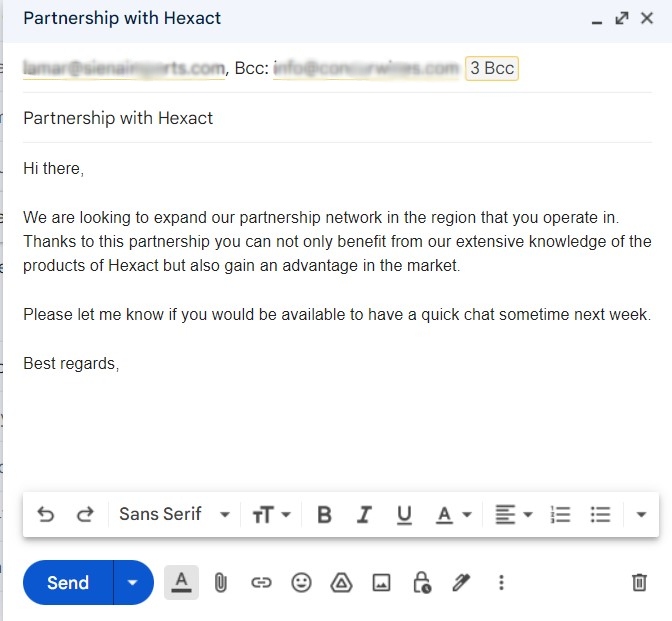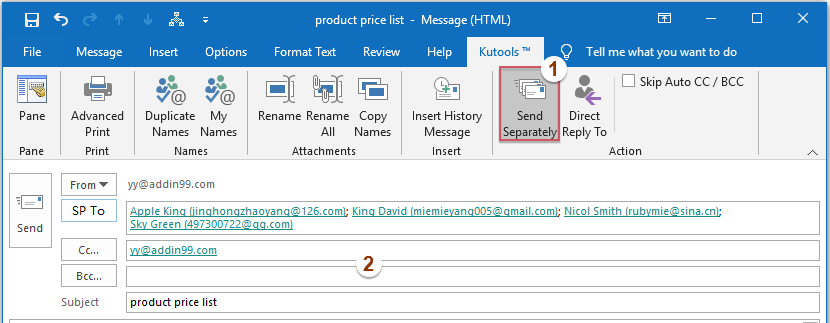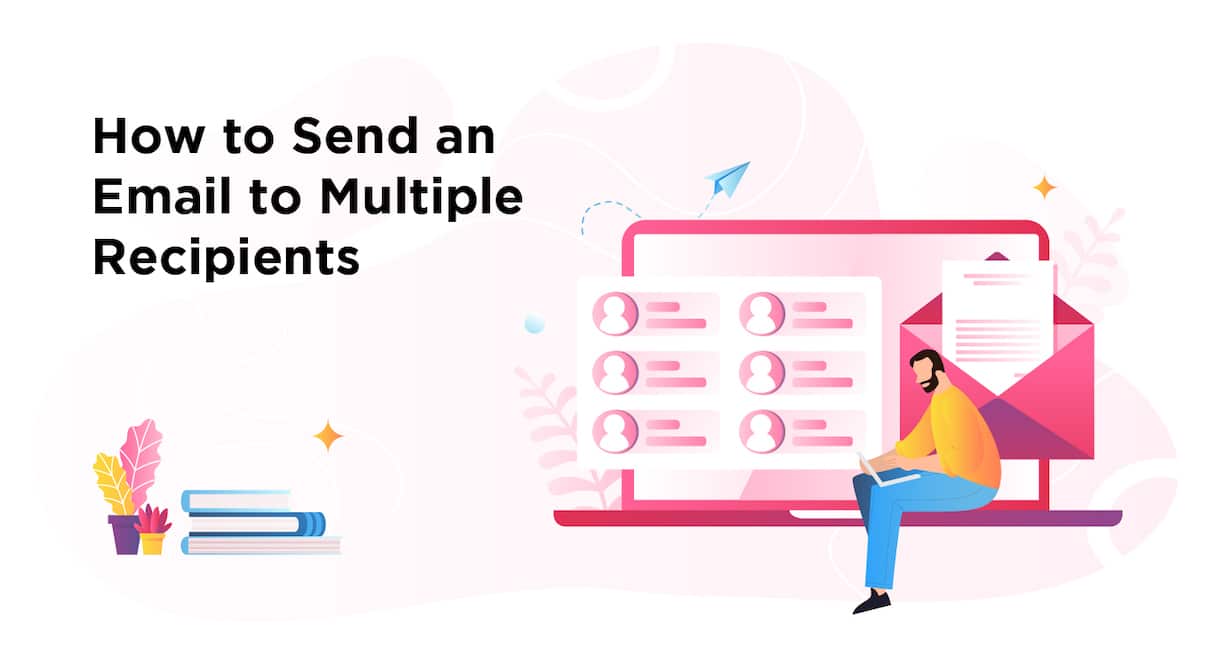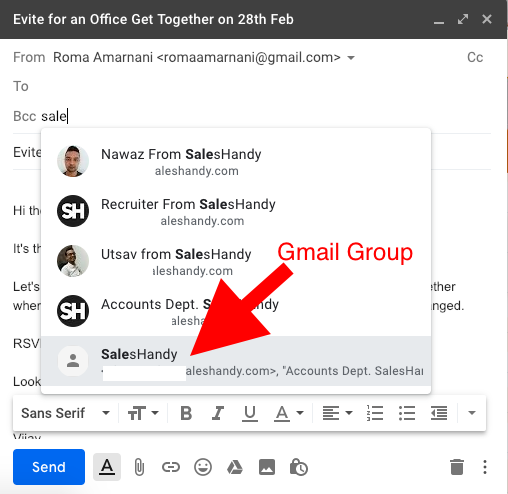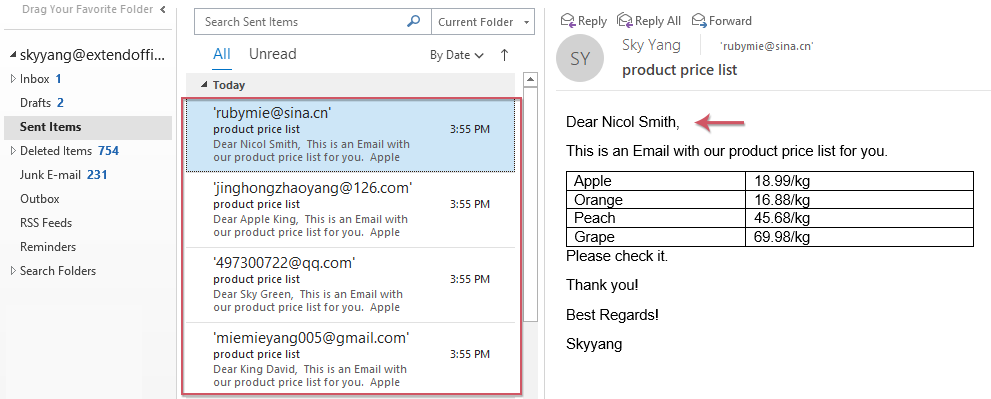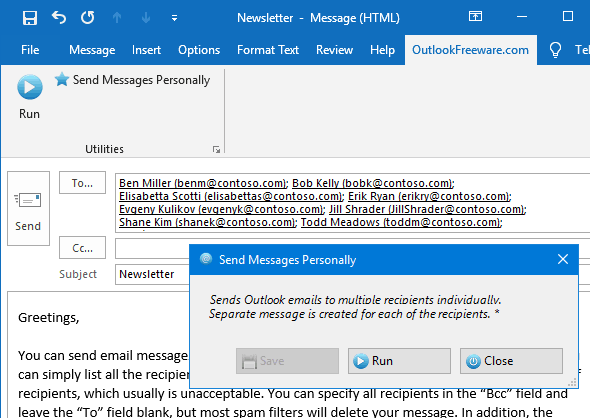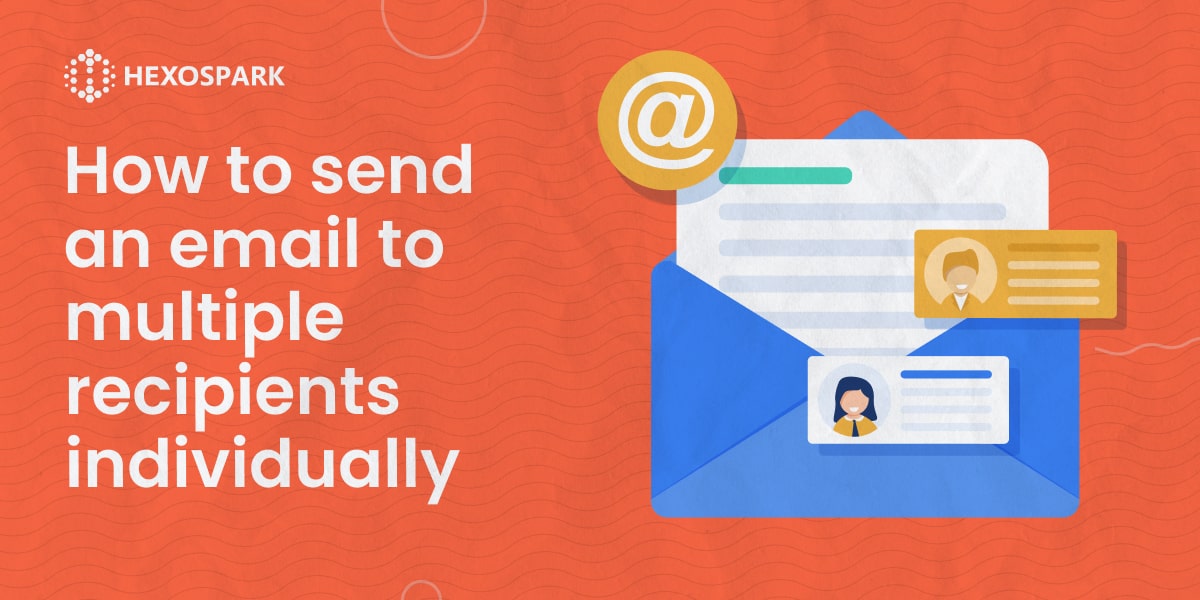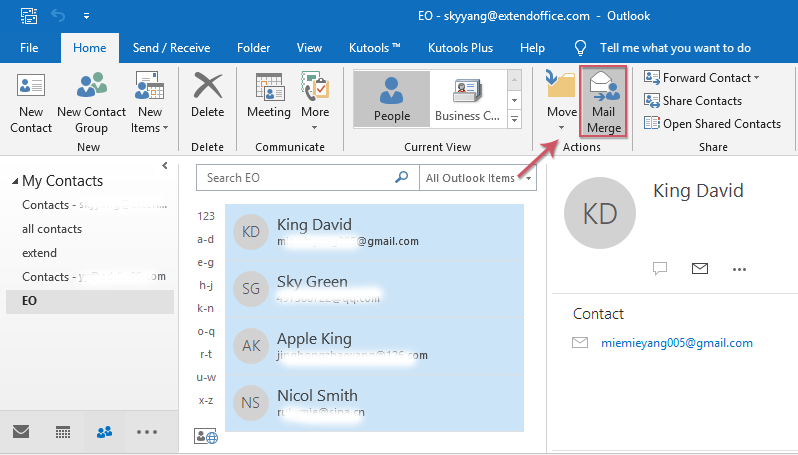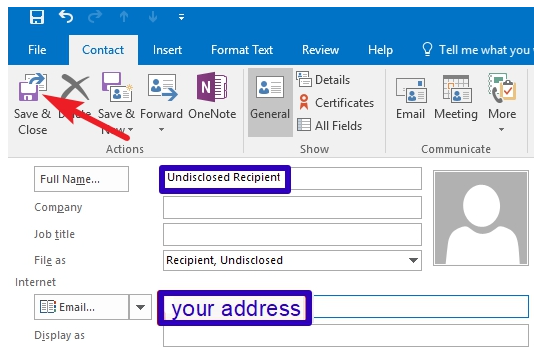How To Send Email To Many Recipients
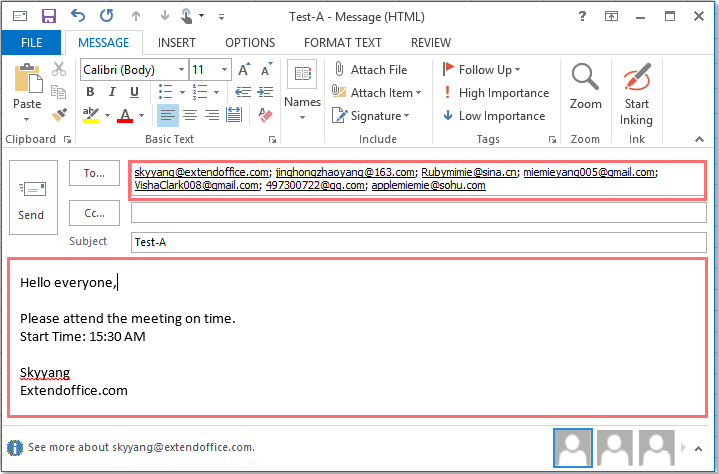
Mass email sending can be a powerful tool, but mishandling it can lead to serious consequences, including spam complaints and blacklisting. Understanding the proper techniques is crucial to avoid these pitfalls.
This article provides a concise guide on how to send emails to many recipients effectively and responsibly, ensuring your message reaches its intended audience without damaging your sender reputation.
Choosing the Right Method
Selecting the appropriate method for sending mass emails is paramount. Avoid using your regular email client (like Gmail or Outlook) for large distributions; it's not designed for this purpose and can flag your account for spam.
Instead, opt for dedicated email marketing services like Mailchimp, Sendinblue, or GetResponse. These platforms are built to handle large volumes of emails and offer features to manage your audience and track campaign performance.
Email Marketing Platforms: The Key Features
Email marketing services offer several key features that are essential for effective mass email communication. These include list management, segmentation, and automation tools.
List management allows you to organize your contacts into different lists based on various criteria, like demographics or interests. Segmentation enables you to further divide your lists into smaller groups for targeted messaging.
Automation streamlines the email sending process, allowing you to schedule emails in advance or trigger them based on specific actions taken by your recipients, such as signing up for a newsletter.
Crafting Your Email
Your email's content is just as important as the method you use to send it. A well-crafted email will resonate with your audience and encourage engagement.
Start with a compelling subject line that accurately reflects the email's content and entices recipients to open it. Personalize your message whenever possible to make it more relevant to each individual.
Include a clear call to action that tells recipients what you want them to do, whether it's visiting your website, making a purchase, or filling out a form. Ensure your email is mobile-friendly and easy to read on any device.
Staying Compliant with Anti-Spam Laws
Adhering to anti-spam laws like CAN-SPAM Act in the United States and GDPR in Europe is non-negotiable. These laws protect consumers from unsolicited emails and impose strict penalties for non-compliance.
Always include an unsubscribe link in your emails, allowing recipients to opt out of future communications. Obtain explicit consent from subscribers before adding them to your mailing list.
Provide a valid physical address in your emails and clearly identify yourself as the sender. Failure to comply with these regulations can result in hefty fines and damage your sender reputation.
Monitoring Your Results
Tracking your email campaign's performance is crucial for optimizing your strategy and improving your results. Email marketing platforms provide detailed analytics on key metrics like open rates, click-through rates, and bounce rates.
Open rates indicate the percentage of recipients who opened your email. Click-through rates measure the percentage of recipients who clicked on a link in your email.
Bounce rates show the percentage of emails that failed to deliver. Analyzing these metrics allows you to identify areas for improvement and refine your email marketing strategy.
Key Takeaways for Effective Mass Emailing
Choose the right platform: Use dedicated email marketing services, not your regular email client.
Segment your audience: Target specific groups for more relevant messaging.
Comply with anti-spam laws: Always include an unsubscribe link and obtain consent.
Monitor your results: Track key metrics to optimize your campaigns.
By following these guidelines, you can successfully send emails to many recipients, build relationships with your audience, and achieve your marketing goals.
Ongoing developments in email marketing and anti-spam regulations necessitate continuous monitoring and adaptation. Stay informed about the latest best practices to ensure your email campaigns remain effective and compliant. Consult with email marketing professionals if needed.
